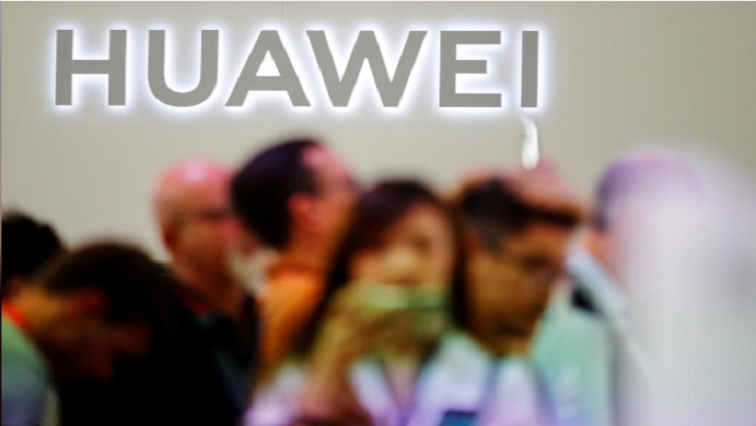Huawei Technologies Co Ltd says it has started making 5G base stations without US components and that total production of 5G base stations should more than double in 2020 as more countries introduce the technology. The company will start mass production of US component-free 5G base stations in October, founder and CEO Ren Zhengfei told a forum.
“We carried out the testing in August and September, and from October on we will start scale production,” Ren says, adding that initially it would begin making 5 000 US component-free 5G base stations a month.
Annual production in 2020 is expected to hit 1.5 million units, compared with 600 000 estimated for 2019, which includes those made with US components and those without.
The world’s largest telecoms gear maker has been on a US trade blacklist since May over concerns its equipment could be used by Beijing to spy. Huawei has repeatedly denied such allegations, but has taken steps to minimise the impact.
The sanctions have resulted in the loss of access to key technologies and the latest version of its Mate 30 flagship phone, for example, will not come with Google Mobile Services.
Will Zhang, Huawei’s president of corporate strategy, says the performance of the US-free base stations was “no worse” and the company “has had positive surprises”. He declined to give details.
Ren says Huawei would still like to use US components if possible because the company has “emotional ties” with long-time US suppliers.
Ren says in September he is open to selling the firm’s 5G technology, including patents, code, blueprints and production know-how, to Western firms for a one-off fee. He went further, saying Huawei was willing to license its 5G mobile technology to a US company and that he was not afraid of creating a rival by making Huawei’s technology available to competitors.
The offer could also include chip design know-how, he added.
Huawei, also the world’s No.2 smartphone vendor, has said the US ban could push its smartphone unit’s revenue lower by about $10 billion in 2019.






